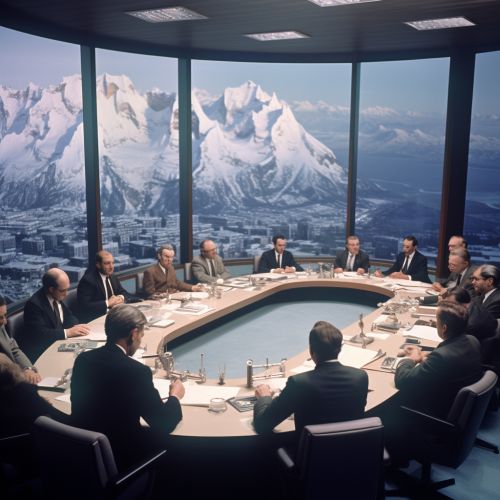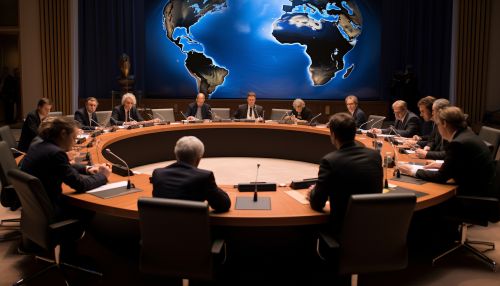Montreal Protocol
Overview
The Montreal Protocol is an international treaty designed to protect the ozone layer by phasing out the production of numerous substances that are responsible for ozone depletion. It was agreed on 26 August 1987, and has been ratified by 197 parties, making it universally ratified.
Background
The Montreal Protocol was preceded by the Vienna Convention for the Protection of the Ozone Layer in 1985, which established the framework for international cooperation in addressing ozone depletion. The Montreal Protocol built upon this foundation, setting out specific measures to reduce and eventually eliminate the production and consumption of ozone-depleting substances (ODS).
Substances Controlled
The Montreal Protocol controls several classes of chemicals, including chlorofluorocarbons (CFCs), halons, carbon tetrachloride, and methyl chloroform, among others. These substances have been used in a variety of applications, such as refrigeration, air conditioning, foam blowing, electronics cleaning, and fire suppression.


Implementation and Amendments
The Montreal Protocol includes a unique adjustment provision that enables the parties to the protocol to respond quickly to new scientific information and agree to accelerate the reductions required on chemicals already covered by the protocol. These adjustments are then automatically applicable to all countries that ratified the protocol.
Since its initial adoption, the Montreal Protocol has been amended several times. The London Amendment (1990) added several more CFCs to the list of ODS to be phased out and established the Multilateral Fund for the Implementation of the Montreal Protocol. The Copenhagen Amendment (1992) phased out halons and established the concept of "basic domestic needs" for developing countries. The Montreal Amendment (1997) introduced trade sanctions against non-parties to the protocol. The Beijing Amendment (1999) added bromochloromethane to the list of controlled ODS and called for its phase-out by 2002.
Impact
The Montreal Protocol has been hailed as a major success in international environmental policy. It has led to the phase-out of 99% of ODS worldwide, and the ozone layer is expected to recover to 1980 levels by the middle of the 21st century. The protocol has also contributed to climate change mitigation, as many ODS are potent greenhouse gases.
Challenges and Criticisms
Despite its success, the Montreal Protocol faces several challenges. Some countries have reported difficulties in enforcing the protocol and ensuring compliance. Illegal trade in ODS remains a problem. In addition, some of the substitutes for ODS, particularly hydrofluorocarbons (HFCs), are potent greenhouse gases. The Kigali Amendment to the Montreal Protocol, adopted in 2016, aims to phase down the production and consumption of HFCs.
